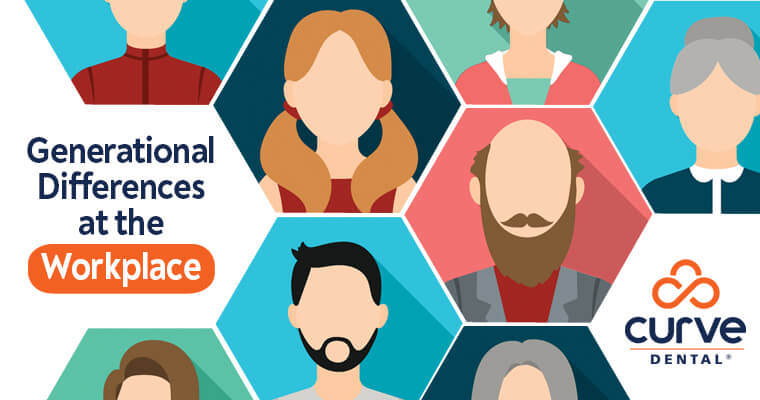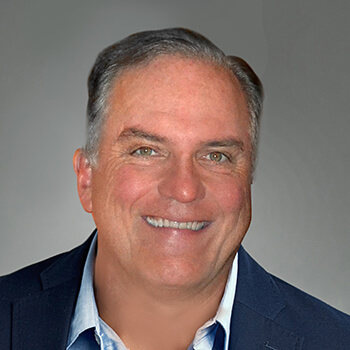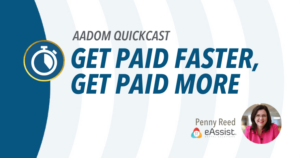Managing Your Practice in a Multi-Generational World

Never before have we had five generations in the workplace at one time. That presents dental practices with unprecedented challenges. Not surprisingly, each generation has its own stereotypical share of traits that can influence how they are perceived and how they perceive others.
- The Silent Generation (born 1925 to 1945)
- Baby Boomers (1946 to 1964)
- Generation X (1965 to 1980)
- Millennials (1981 to 2000)
- Generation Z (2001 to 2020)
Distrust among different generations has been going on, well, for generations. As a practice manager, how you deal with it will make all the difference.
The root of potential conflict is the tendency to generalize about a different group when working alongside them. So, how do you manage an office composed of individuals from two or more of these generations?
Start by leveraging the strengths of each individual on your team. Kelly Lynch, MAADOM, a former Office Manager and Systems Specialist for Healthy Smiles Family Dentistry in Sanford, Maine, and now a Team Development Coach for Productive Dentist Academy…Click to learn more in a new window…, helped create an environment that leveraged the strengths each person brought to the practice.
Due to staffing shortages, Kelly had to think outside of the box to add to her team. She filled a dental assistant spot with a young barista who had exceptional customer service and computer skills but no dental background. Kelly also had on her team a mature, highly skilled dental assistant with minimal computer experience.
Because Kelly made sure that each person’s voice mattered, neither felt marginalized, and they helped each other. The older dental assistant mentored the other, who, in turn, helped her improve her computer acumen. This generational blend was a winning combination for Healthy Smiles Family Dentistry!
Bridge Generational Gaps with Strong Communication
Generation gaps are real, but there are ways to bridge them, starting with communication. A 2017 study from Robert Half Management Resources…Click to learn more in a new window… revealed that communication is the most difficult aspect of managing a workplace composed of people representing multiple generations. The research found that many baby boomers tend to be more reserved, while Gen Xers prefer a control-and-command style. Some millennial employees like a more collaborative approach to communication, and many of the youngest workers, those in Gen Z, favor in-person interactions with their managers.
The objective of the communication should dictate the method you choose. For example, texts are ideal when you need an immediate response, while a face-to-face meeting is appropriate for relationship building regardless of the age of the team member.
How people learn also varies by generation. Not surprisingly, younger employees have different ways of learning than older employees do. They may prefer to watch a video tutorial, while an older staff member might prefer a hands-on approach to learning.
While it would be so much easier if all generations adapted to your personal managerial style, a one size fits all approach typically does not work. By demonstrating to your team that you are willing to meet them halfway, you’ll create a healthier work environment.
Be sure to drill into your team the notion that diversity of thought brings new insights that will help the practice to make better decisions, improve operational efficiency, and better serve your patients.
Meeting the Needs of Patients of All Ages
Just as you need to adapt to the tendencies of your multigenerational staff, you must also do so for your patients. For example, Millennials are used to frictionless consumer experiences, and they expect the same with each dental visit. They believe that healthcare should be delivered efficiently and don’t like to wait. If your operations, particularly patient flow, are smooth, they will be satisfied with their experience. Fall short, and it will be difficult to retain them or benefit from their positive reviews.
Millennials have grown up using digital devices they access for communication, shopping, entertainment, and more. That means you need software…Click to learn more in a new window… that provides a modern patient experience such as low touch/no touch check-in and checkout and a text-to-pay…Click to learn more in a new window… option that enables them to receive a text message containing their statement with their current balance, and that allows them to instantly pay their bill from a credit card. Since that generation relies so heavily on reviews and personal recommendations, increasing the number of positive reviews…Click to learn more in a new window… is critical to the growth of your practice. The better the experience, the more they are motivated to spread the word about your practice.
Millennials were raised in environments in which parents and educators encouraged equal relationships and co-decision-making. So, for this generation, present treatment plans that foster collaboration and mutual decision-making. Soliciting their input as you review their options will increase treatment plan acceptance.
As with your staff, patients are individuals first and a member of a specific generation second. How well you engage with your patients on a generational and individual level can have an enormous impact on the vitality of your practice.
About the Author
 Mark Blount is responsible for Curve Dental’s marketing strategy and execution.
Mark Blount is responsible for Curve Dental’s marketing strategy and execution.
He has over 30 years of experience building dynamic B2B marketing teams focused on demand generation, branding, and sales enablement at emerging technology companies.
Before joining Curve Dental, Mark was VP of Marketing for Brightree, Verint, and other software technology companies.





